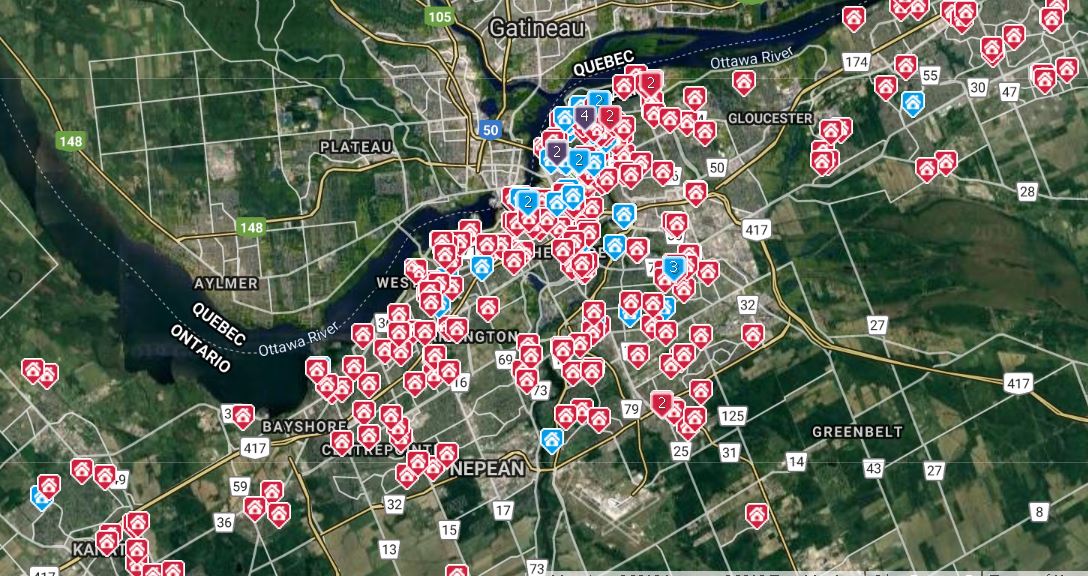The Ottawa neighbourhood known as Macdonald Gardens lies in the eastern most corner of ‘Lowertown East’, tucked away north of Rideau St., west and south of the Rideau River, and east of Cobourg Street. At what is more or less its geographical centre is the Macdonald Gardens park: eight acres of grass, trees, and winding paths. It is this park that will spring to the minds of most who hear the name, partially because of its iconic summer house on a hill and partially because of its history as one of Ottawa’s earliest cemeteries. An integral part of that built and cultural heritage is the institutional presence that dominated this area in the early 20th century, whose hospitals and embassies shaped, and in some cases, continue to be part of the social makeup of the neighbourhood. Although urban renewal ravaged much of Lowertown East in the late 1960s, this section of the larger plan was left relatively less scathed, resulting in a well-preserved built landscape that can tell us much about the value of what was otherwise lost as the city shifted into a period of much denser urban growth. This park and the built heritage around it tell a story of Ottawa’s many attempts to beautify itself, to be seen as a national capital, and to attempt to meet the housing needs of its residents.



